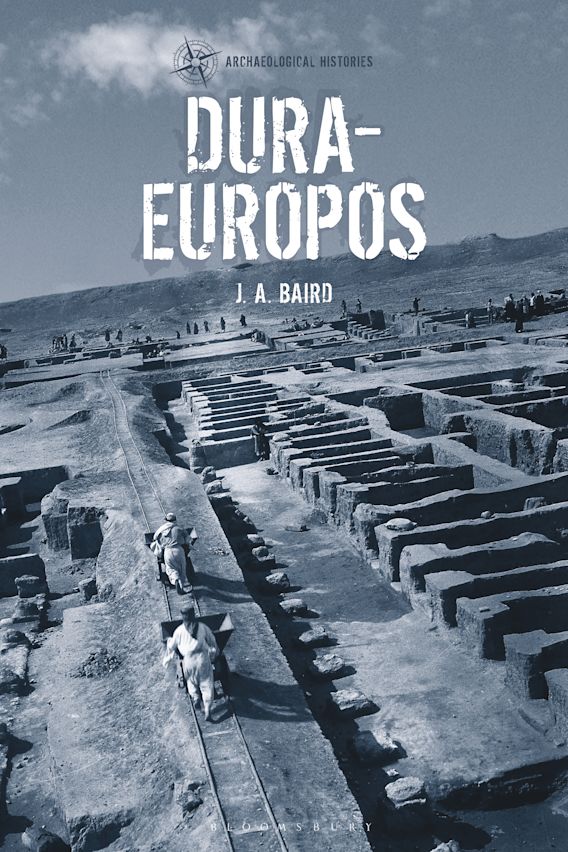My time at the Bard Graduate Center, sadly, is nearly at an end. But despite my medical interlude, this time has been very productive for me and has effectively jumpstarted my project on Parthian art and Dura-Europos. It is therefore an opportune moment to reflect on one of the most valuable resources I have used this fall: J. A. Baird’s wonderful book Dura-Europos (Bloomsbury, 2018).
I like this book especially for three reasons:
1.) It does not oversimplify. Despite its extensive excavation, Dura-Europos is a pretty complicated site. Baird embraces this, but still writes lucidly about the complications.
2.) It pays close attention to the orientalist and colonialist contexts in which Dura-Europos was excavated in the 1920s and 30s. This is important because these contexts informed the interpretation of the site by Breasted, Cumont, Rostovtzeff, Hopkins et al., which in turn has been the basis for all future scholarship on it.
3.) It treats Dura-Europos as a Parthian site. One of the peeves on which I am building my current project is that Dura is usually understood mainly from a Roman context. While there are good reasons for this, it was also a Parthian site for most of its history. Baird’s treatment is therefore very useful for my project, and I feel less like a lunatic yelling at the moon (though not much less, but that is a separate matter).
Baird has worked on Dura-Europos for more than ten years. I’m a little intimidated by that, since I’ve worked on it for a few months at most. To some extent it makes me feel like I have no business writing about the site at all. But, paradoxically, it is Baird’s long experience that has enabled me to do my project, since I can build with confidence on foundations she has laid. It is a good example of how depth and breadth are both necessary in the field of archaeology.

